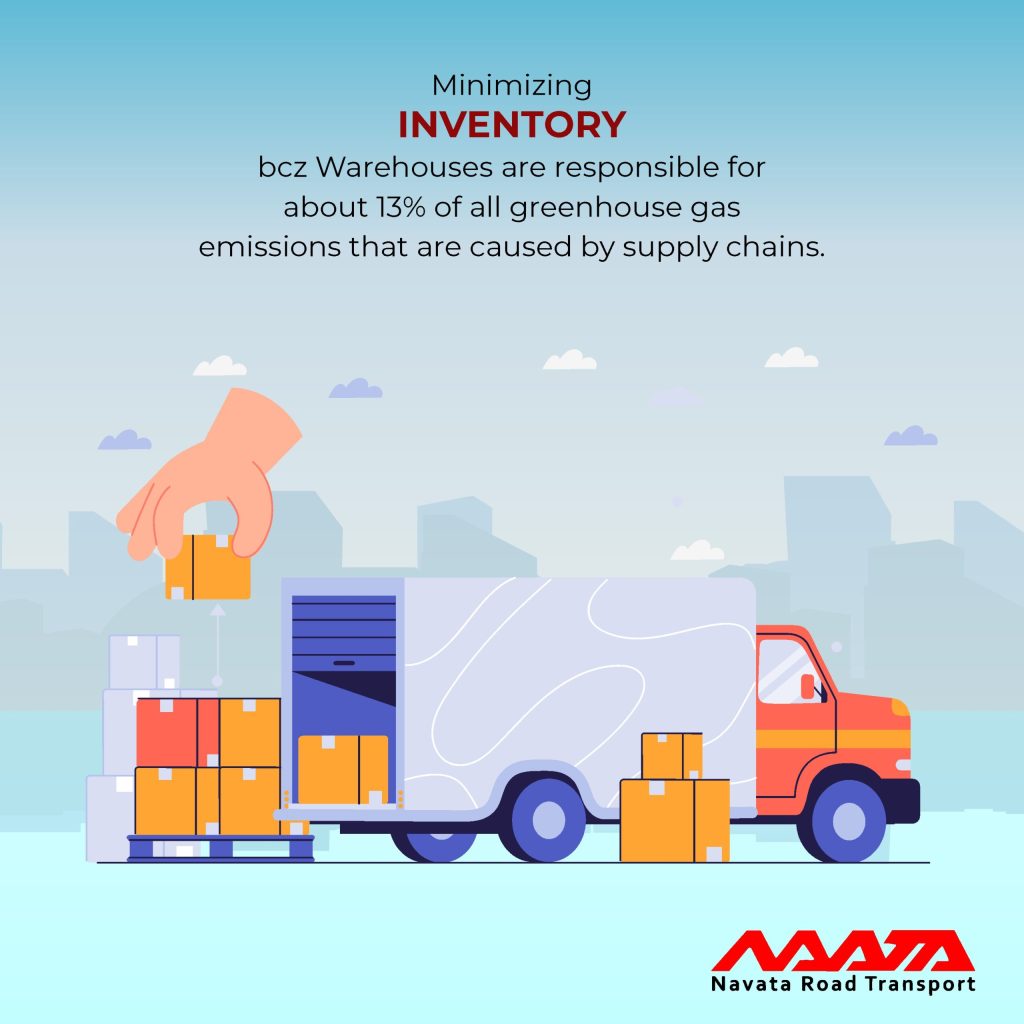
Transportation is a significant contributor to climate change. Our reliance on vehicles powered by fossil fuels releases massive amounts of greenhouse gases into the atmosphere, driving global warming and its devastating consequences. This article will delve into the complex relationship between transportation and climate change, examining the key issues, exploring the extent of the problem, and providing actionable solutions to mitigate its impact. We will explore various strategies, from promoting the use of public transport and electric vehicles to improving infrastructure and implementing sustainable urban planning. By understanding the challenge, we can collectively work toward a more sustainable transportation future.
The Growing Threat of Transportation Emissions
Greenhouse Gas Emissions from Vehicles
The transportation sector is a major source of greenhouse gas emissions, primarily carbon dioxide (CO2), methane (CH4), and nitrous oxide (N2O). These gases trap heat in the atmosphere, causing a gradual boost in global temperatures. Burning fossil fuels in cars, trucks, trains, and airplanes is the main culprit. The concentration of these gases continues to rise, leading to more frequent and intense extreme weather events, rising sea levels, and disruptions to ecosystems worldwide. For example, passenger cars alone account for a significant portion of CO2 emissions in many developed nations.
The Expanding Transportation Sector
The global transportation sector is rapidly expanding. With increasing populations and economic growth, the demand for transportation continues to rise, leading to a corresponding boost in emissions. Urbanization contributes to this, as more people move to cities, increasing traffic congestion and reliance on private vehicles. This expansion is challenging sustainable development objectives and further exacerbates climate change impacts.
Mitigating the Impact: Strategies for a Sustainable Future
Related Post : Comparacion Entre Modos De Transporte
Transitioning to Cleaner Fuels
One of the most impactful ways to reduce transportation emissions is by transitioning to cleaner fuels. This includes investing in the widespread adoption of electric vehicles (EVs), which produce zero tailpipe emissions. The growth of renewable energy sources, such as solar and wind power, will be crucial for powering the charging infrastructure necessary for mass EV adoption. Biofuels, derived from sustainable sources, can also play a function in reducing reliance on fossil fuels, though their overall environmental impact needs careful assessment.
Enhancing Fuel Efficiency and Vehicle Technology
Improving fuel efficiency in both passenger and freight vehicles is vital. This can be achieved through technological advancements in engine design, lighter vehicle materials, and aerodynamic improvements. Furthermore, investing in study and development of alternative fuel technologies, such as hydrogen fuel cells, offers a promising avenue for reducing emissions from heavy-duty vehicles like trucks and ships.
Policy and Infrastructure: Shaping Sustainable Transportation
Investing in Public Transportation
Promoting the use of public transportation – including buses, trains, and subways – is essential for reducing reliance on private vehicles. This requires significant investment in infrastructure development, modernizing existing systems, and expanding networks to reach underserved communities. Well-designed and efficient public transportation systems can alleviate traffic congestion, improve air quality, and significantly reduce overall transportation emissions.
Urban Planning and Sustainable Infrastructure
Urban planning plays a pivotal function in shaping transportation patterns and emissions. Creating walkable and bikeable cities encourages people to use active transportation modes, reducing the need for private vehicles. Integrating varied modes of transportation into a seamless network also makes public transportation more attractive. Smart city initiatives, which leverage data and technology, can further enhance efficiency and maximize transportation systems.
Individual Actions: Making a Difference
Choosing Sustainable Transportation Options
Individuals can make a significant contribution by adopting sustainable transportation habits. This includes choosing to walk, cycle, or use public transportation whenever possible. Carpooling or ride-sharing can also help reduce the number of vehicles on the road. When using private vehicles, opting for more fuel-efficient models and driving efficiently can help minimize emissions.
Supporting Sustainable Transportation Initiatives
Individuals can also make a difference by supporting policies and initiatives that promote sustainable transportation. This includes advocating for investment in public transportation, supporting businesses that prioritize sustainable practices, and holding elected officials accountable for implementing effective climate policies. Educating others about the importance of sustainable transportation can also have a significant ripple effect.
The function of International Collaboration
Global Climate Agreements
International collaboration is crucial for addressing the global challenge of transportation emissions. Agreements such as the Paris Agreement set targets for reducing greenhouse gas emissions, providing a framework for nations to work together. These agreements encourage the development and implementation of national climate plans, which often include measures to reduce transportation emissions.
Technology Transfer and Capacity Building
Developed nations can play a key function in supporting developing countries in their efforts to transition to more sustainable transportation systems. This includes providing technical assistance, transferring clean technologies, and building capacity to implement effective policies and programs. International cooperation is essential for ensuring that all countries can participate in the global effort to mitigate climate change.
In conclusion, understanding the impact of transportation on climate change is crucial for building a sustainable future. Reducing our carbon footprint requires a multifaceted approach, encompassing the adoption of cleaner fuels, improved vehicle efficiency, the development of robust public transportation systems, and a shift towards sustainable transportation choices. By actively engaging in these solutions, we can mitigate the adverse effects of transportation on our planet and work towards a healthier environment for generations to come. Let’s all commit to making environmentally conscious transportation choices.